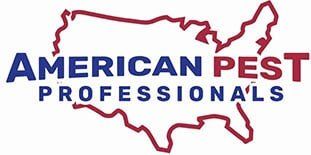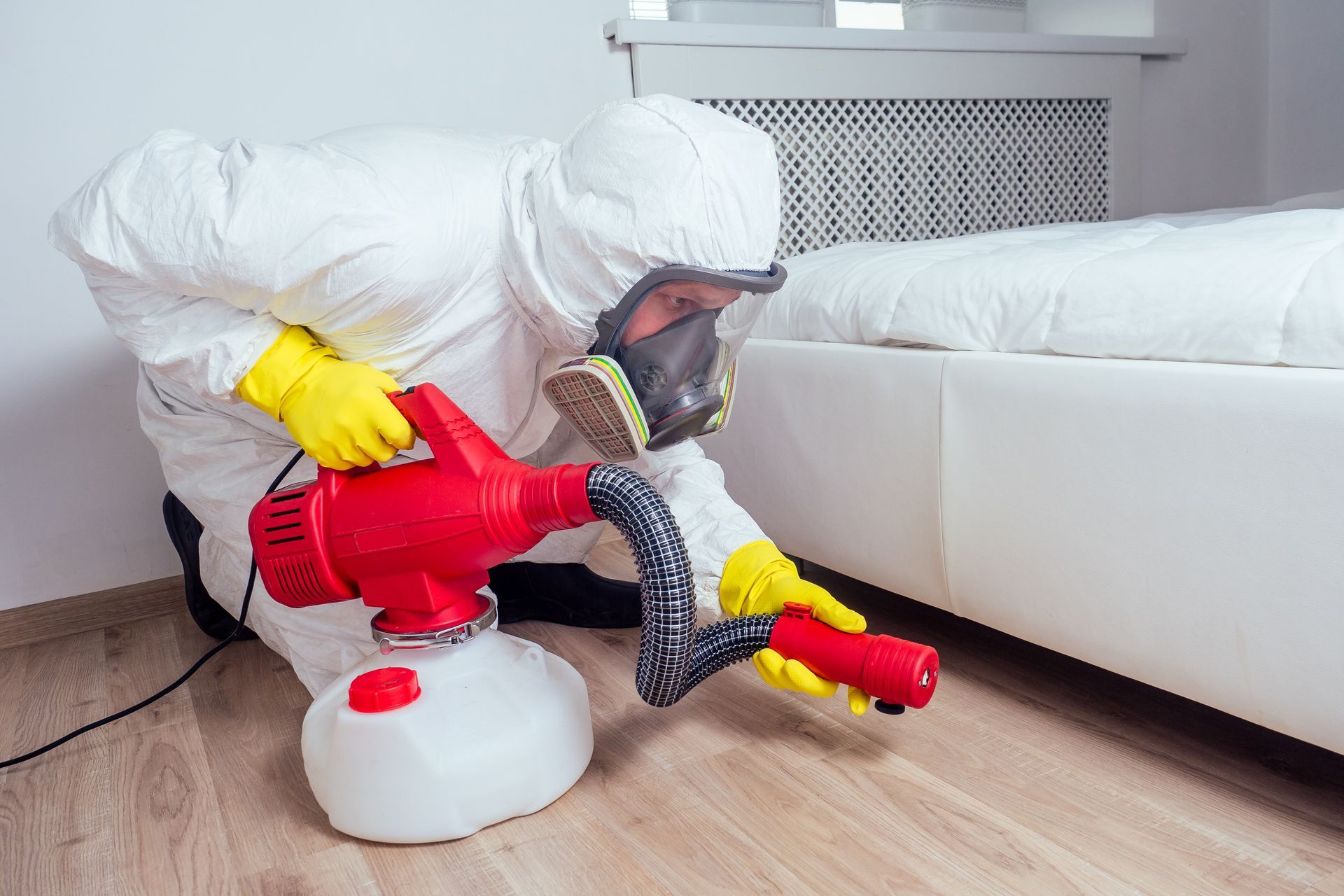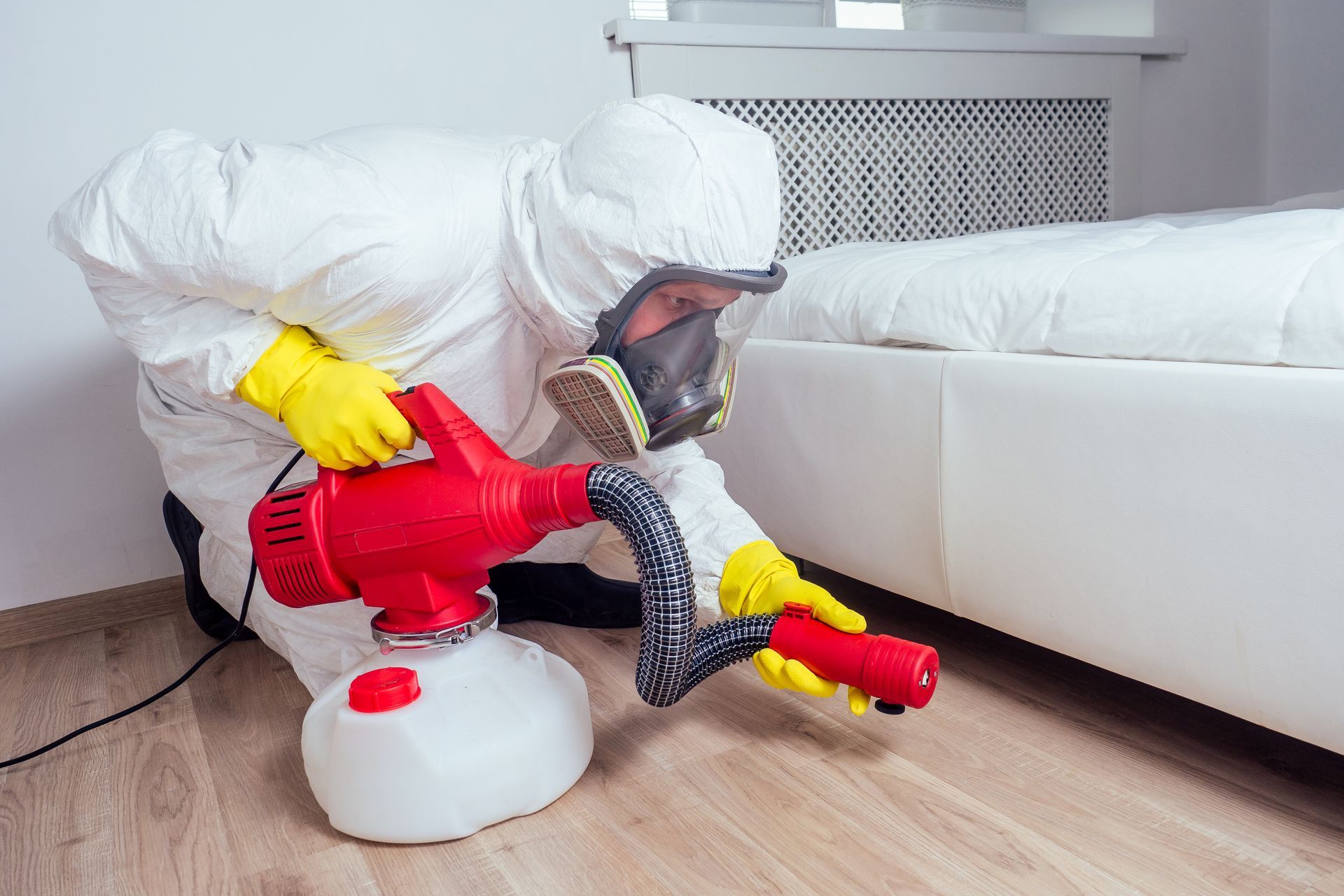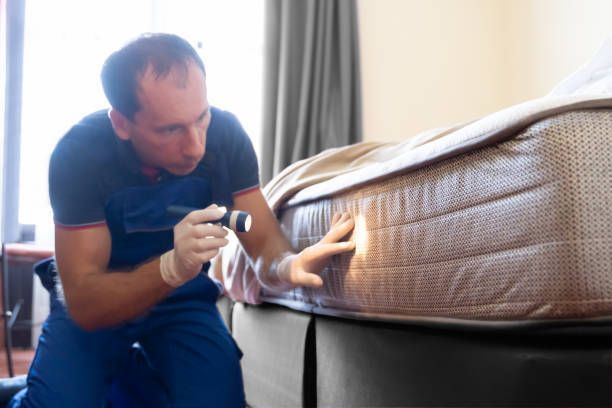5 Steps to an Integrated Pest Management Plan in Food Processing Plants
Between FDA standards and other agency guidelines specific to your product, you’re no stranger to the copious amount of regulations required of food processing plants. Of course, that means you’re aware of pest control protocols, but have you considered the benefits of an integrated pest management plan?
An integrated pest management (IPM) plan focuses on non-chemical prevention efforts, guided by facility maintenance and sanitation.
Why Food Processing Plants Need IPM
The basics of integrated pest management are consistent across all environments from homes to factories. Essentially, IPM combines scientific principles and common sense to think about pest management in a way that values:
- Using knowledge about the pest’s habits, life cycle, needs and dislikes
- Using the least toxic methods first, up to and including pesticides
- Monitoring the pest’s activity and adjusting methods over time
- Tolerating harmless pests
- Setting a threshold to decide when it’s time to act
Food processing plants must adhere to high standards when it comes to pest control, but that doesn’t mean natural prevention and elimination methods aren’t an option. From the processing line to preventing stored product pests, IPM offers a simple, effective strategy for keeping pests out of your food processing plant.
5 Steps to Launching Your Integrated Pest Management Plan
The key to implementing an effective integrated pest management plan in your facility is to spend a little time setting up prevention efforts and, most importantly, explaining them to your staff. Follow these steps to set up a practical, safe, and efficient approach to pest management.
1. Utilize Exclusion Methods
Integrated pest management is all about using non-chemical methods to deter pests. One of the easiest ways to get rid of pests is to stop them from even getting in! To limit their access to entry points, implement these exclusion methods:
- Seal cracks and crevices
- Install weather stripping
- Replace window screens
- Maintain positive air pressure
2. Put Your Integrated Pest Management Plan in Writing
Collaborate with your pest control company to get the details of your IPM plan documented. You’ll want to include the exclusion criteria above as well as sanitation plans that aim to prevent pest’s access to food and water.
For instance, consider when and how often certain areas need to be cleaned. Who will be responsible for doing the cleaning? Who will check that it has been done? How will you log when cleaning takes place? Similarly, you’ll want to include the protocol for cleaning up spills, standing water, and other incidents that might attract pests.
Finally, include contact information for your pest management expert and guidelines for when they should be called.
3. Train Staff
It’s no surprise that written prevention efforts won’t do much for actually maintaining your facility’s cleanliness. Areas that are hard to see and/or reach may need to be cleaned more often, which means current sanitation processes may have to change. You’ll need to explain the new protocol to staff and elaborate on their crucial role in pest management.
Hold IPM training sessions to educate staff on new cleaning procedures and what to do in the event of a pest problem. Explain how cleaning will be logged and that employee performance will be evaluated to ensure consistency.
4. Document Pest Control Services
In addition to logging your routine cleaning efforts, you’ll want to document any professional pest services. Include the pest activity, corrective action reports, pesticide usage, bait/trap maps, and dates of service.
Keep this documentation on-site, as it is required in the event of a visit from third-party food safety auditors. Without it, you may lose points on the pest management portion of the audit (which accounts for up to 20 percent of the total audit score).
5. Ask Your Pest Control Company About IPM Compliance Standards
Last but not least, ask about IPM compliance when hiring a pest control company. Ensure that their pest management services are rooted in IPM best practices. Additionally, you’ll want to be sure the person providing pest control services at your facility is evaluated regularly by the pest control company or another auditor.
Once you have the basics in place, following an integrated pest management plan is simple. You’ll follow routine procedures to prevent pests and work with your pest management company to address any issues.
Ready to implement IPM practices in your food processing plant?
Give us a call to discuss how we can help with inspections, prevention best practices, and safe removal.










